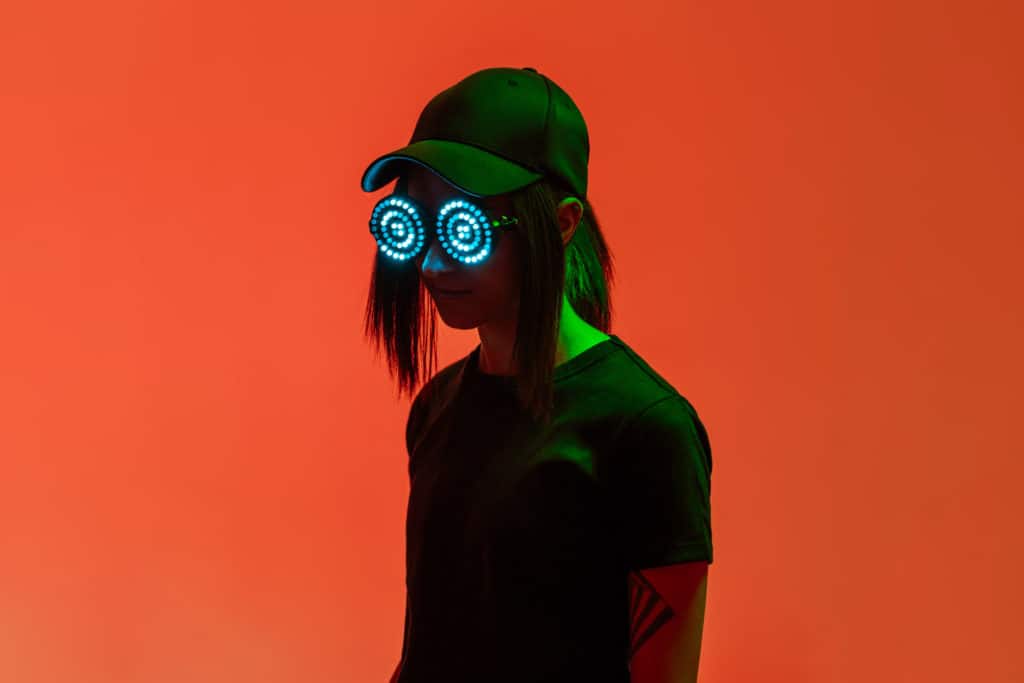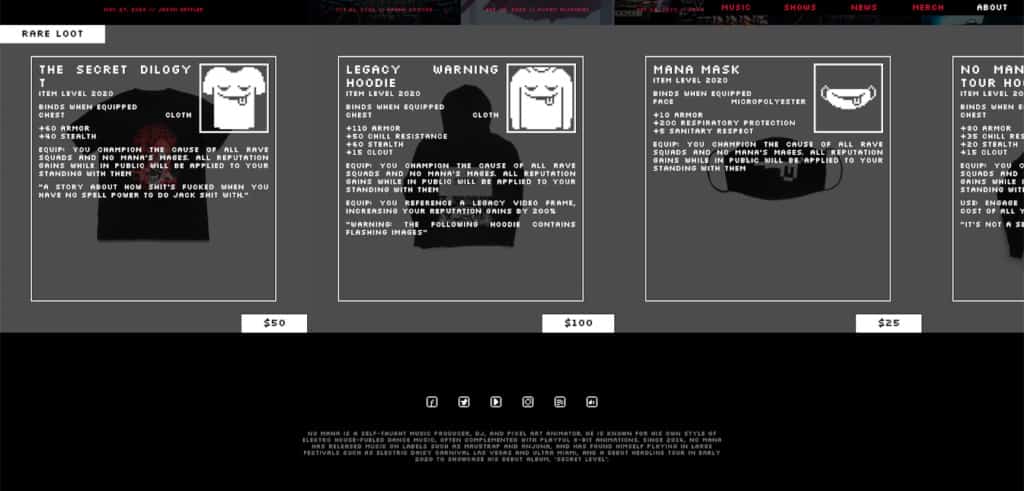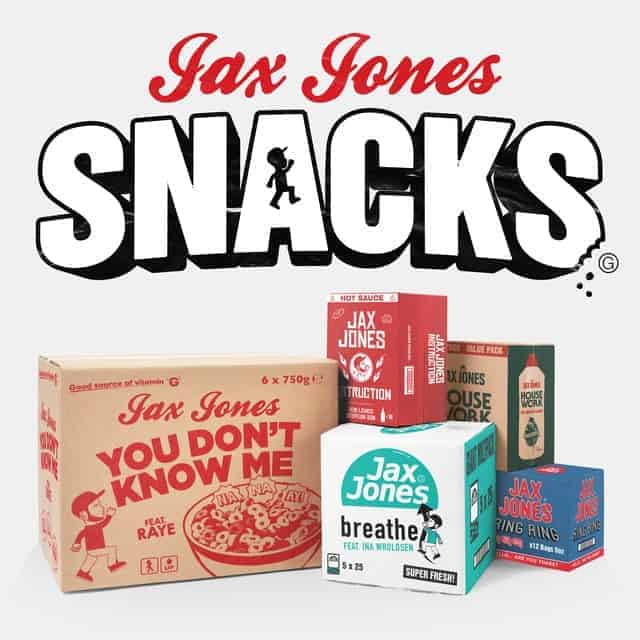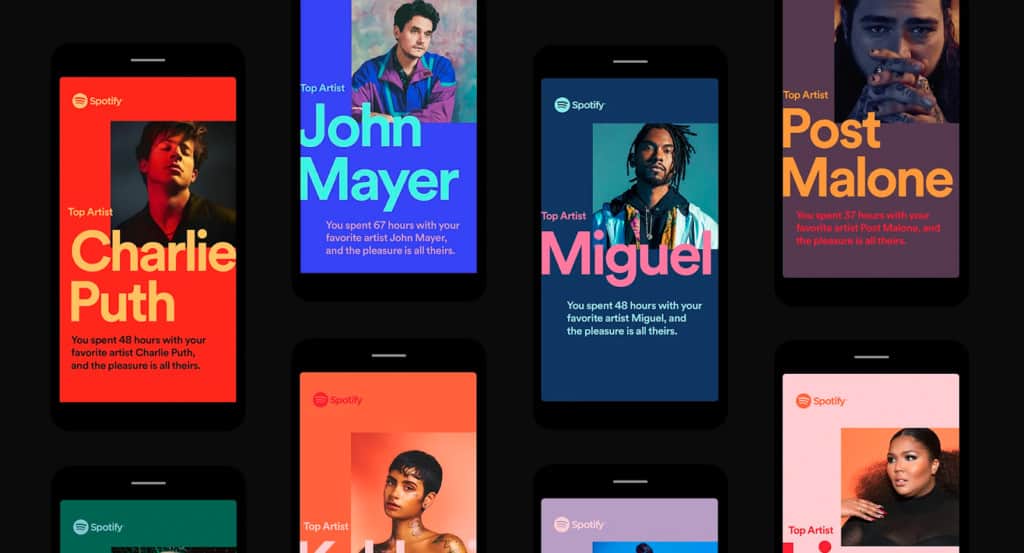Today, I’m going to add a new category to your portfolio consisting of 6 key elements, among many others, of an intricate process of your artistry: Branding. As musicians in 2021, you’re aware by now that you’ll have to do many tasks other than music that are not your specialty, and branding will be another region that you will have to pay attention to if you want to succeed as a music producer.

Branding is not only related to artists, and it is all over the world. Apple, for example, is preferred by many people in the world because of its branding, in addition to its capabilities. But how does branding affect musicians?
The way you talk to your listeners, what you put out to the world, the way you look, and the way people feel your online presence shows your brand to listeners, which may attract many more followers to your artistry if done correctly.
As you grow and your brand grows, you will need a brand specialist to help you further develop and compact your brand. However, today you’ll learn a few elements that are key to your branding as a musician.
Here’s what we’ll talk about today:
- “Who Cares About Branding? I Just Want to Make Music!”
- Why Should You Care About Branding?
- How Do You Begin Creating a Brand as a Music Producer?
- 6 Key Elements of a Branding Plan
This post was made in collaboration with Rafael Thomaz, from Lefter, who designed and has helped me throughout the journey of Abstrakt Music Lab. If you wish to contact him, send him a message on Lefter’s Instagram.
“Who Cares About Branding? I Just Want to Make Music!”
Honestly, so do I, but that’s not how a music career works. It’s like saying, I’m a photographer so I just want to take pictures. The first thing that I’d ask you, before anything, is what is your purpose?
If you plan to only produce as a hobby and don’t really care for results, then ok, you can just produce. However, if you want or expect to make this a career or get attention from other artists and fans, then you have to think about branding.

Essentially, producing music is what you have to do, but then a few more questions arise:
- How are you going to find followers?
- How are you going to post your music?
- If you plan to make it a career, how will you pay the bills?
And for that, you’ll have to start seeing your career strategically. To be honest, the reason why many producers might shy away from focusing on their brand is that they believe that taking the focus from their craft to their brand will make them lose credibility as an artist.
However, the opposite is true. All big artists have a big team that takes care of their brand, which complements their music and is, at the same time, synchronized with it. Sometimes this happens naturally, and even if they think they don’t have a brand, they might actually have a pretty solid one.
Why Should You Care About Branding?
Branding is an essential part of the art you’re creating, as said before. It’s how your fans perceive you through the songs, how you communicate, how you act, and how you market yourself.
It’s definitely not only your logo. It’s not only you explaining why your art is how it is, but it’s also how they are going to receive this message.
As an artist, your brand is not only your songs. People like songs, but they follow personas and lifestyles, and if you’re not conveying the lifestyle your music brings to them, you have something to work on right now.
This happens because of the way you dress, the way you talk on social media, and the songs you release. Whether you like it or not, this all affects how people perceive you and, therefore, whether they will connect with your brand.
For example, read the first lines from the BIO of The Magician’s, who became famous after his remix of I Follow Rivers. Check how it’s all based on the “Magician” theme:

Therefore, if you’re not paying attention, the message you’re sending to the world could be interpreted in the wrong way, possibly the opposite of what you’ve imagined. This might be why people like your songs, but don’t connect to you as an artist.
Your crowd has to feel that you’re one of their own and you’re like them. Otherwise, you could be gaining occasional listeners, but losing long-term followers.
How Do You Begin Creating a Brand as a Music Producer?
You might think that your branding starts with designing your logo, but we’re going a bit deeper than that. The first step to creating a brand is to actually think strategically about it. Why?
If you don’t know where you want to go:
- Your music production can be loose and disconnected from your persona, which could result in an unlinked project;
- When you sit to create or look for concepts for your logo, it won’t necessarily be aligned with your brand vision, which means you might require a rebrand later;
- You end up being a random persona, which, as said, may not be attractive to follow. Therefore, you may have listeners, but not followers.
Inside Out Branding
Whenever you sit to create your branding with the help of a brand manager, he’ll ask you for references of elements you like, brands you follow, along with multiple questions about your business. At the same time, I highly recommend you also look inside and let the brand speak from the inside out.
In other words, you’re going to reference elements from other artists you like, collecting information you like. However, ultimately, your branding has to come from within.
If you create a brand that doesn’t connect to you internally, you could end up with something that reflects a lot of what you like, but isn’t really you. It could be unique, but it would not be authentic to who you really are, which could make your followers eventually lose interest in your persona.
On the other hand, with an inside out branding, you’ll still be influenced by others, but the decisions made came from your inside vision of the project. This makes it the brand more:
- Authentic;
- Consistent with your music;
- Aligned with your values.
It’s simply who you are, and not a copy of someone that you want to be. This leads to a more deliberate branding and makes followers connect more with you since it won’t be forced.
If You Have a Name or Concept You Want to Work With;
Start with a mind map and do a braindump on that name/concept.
The mind map helps you situate the first things that come to your mind when you think about your concept. These are the most natural feelings you have towards the concept and name and, therefore, it won’t be a hustle to make this come true.
For example, when starting my house music project, I knew I wanted to use a geometric animal logo, and I knew my name would be Hendrik Leon. To the mind map:

When I heard my name, the genre I wanted, and what it felt like, Mainstream felt like the way to go. When I heard LEON, the first two things that came to my mind were NEON and LION, which are things I later used for the logo and used for brand colors and videos.
But then, I went a bit deeper, just thinking about the first thing that popped into my mind when thinking about these elements. Look how many things I got from it:
- Musically, I could use disco elements along with a house vibe. The goal was to create mainstream lyrics and melodies.
- In terms of image, I’m going to use a lot of neon elements. In addition, I’ll have to dress up disco-like somehow whenever I go DJ, and the main colors of the project will be neon related.
- In terms of logos, the lion had to be in it somehow since I wanted a geometric animal.
This gives me the map of what I have to do as an artist, how I have to brand and develop my logos and assets. Not only this, but it shows me the persona I have to be.
If You Don’t Have a Name or Concept;
If you don’t know what your name is going to be or what concept you are trying to evoke, start with “WHY?”.
- Why are you pursuing music production and what makes you want to share it with the world?
- What is your core motivation for creating this artist brand?
This will bring your main motivation to the surface and will help you understand why you’re making music after all.

After answering that, ask yourself how will you deliver this “Why”:
- How do you want to be seen by others?
- When they listen to your music or go on socials, what do you want your fans to feel?
- How will you be remarkable and unique to them?
- What will differentiate you from other producers?
If “why you do it” is the purpose of your brand, “how you do it” is the process, and “what you do” is the result of this purpose and process, which will be your music and your artist personality. If you want, read more about this process called the Golden Rule, published by Simon Sinek in his book ‘Start with Why’.
Now try to collect some references from artists that you like to gather some information. Logos, artwork, stories, personality traits. After doing that, adapt it to your answers of why, how and what, and you’ll have a headstart on your brand concept.

Think about it for a week or two. This is not something that you will come up with in a week. Eventually, you should have a concept of what you want to be as an artist, and you can make your mind map, as shown above.
6 Key Elements of a Branding Plan
Once your Mind map is done, now it’s hands-on time with your project. What are some key elements that you need as an artist to be able to brand yourself?
Music
As a musician, it’s KEY that your music is connected to your brand. Music is what will hold your listeners to your songs, but a cohesive brand image will help your listeners become followers.
Therefore, your music must reflect how you’re branding yourself. If they listen to your songs and feel happy, but your brand is made to evoke sadness, you have to either adjust your brand or your music since there’s a misalignment.
Tony Anderson is an orchestral producer and in his last Album, ‘Chasm’, the songs start quite dark and eventually grow to a brighter and happier feeling. The album is amazing and takes you on a journey regardless of whether you know the reasons why it was made. And this is his album cover:

When you understand the reasons though, the album makes A LOT more sense. He mentioned feeling stuck at a low moment in his life, one where he felt anxious and couldn’t write. So, he vowed to free himself from these feelings, which he did and felt free, proud and happy to create this album.
Now, look at the artwork. The desert is his mind, his name is upside down, as his life was, and the album represents him freeing himself from that moment.
Artwork & Communication
You need to have artwork that is consistent with your music, your genre, and your style.
No Mana’s song is really glitchy and experimental and I’d classify it as Electro-House. However, his songs, especially the first ones, feel really 8-bit to me, even being quite advanced.
But it gives that chiptune game vibe to me, largely because he is admittedly a huge gamer himself.
This reflects in his art, where his album names are Secret Level and Game Over, or 1UP (1 extra life/level up), and if you listen and watch one of his videos, you’ll see its 8-bit influence:
In addition to his songs being 8-bit, his logo, socials, and his website have the same 8-bit feeling as his songs:

It’s that consistency that will make a gamer listen to him and feel like he belongs in that world. In addition to liking the song, he would like the environment, he would feel like it’s his world, which would make him connect to the songs even more.
Story and Associations
Jax Jones is a mainstream producer in House music with a lot of songs that are “top-sellers” on Spotify, averaging 12M monthly plays. In his debut album ‘Snacks’, he brings to you his top-seller products, but in a market environment where every song is a daily product that you use:

In his announcement video, he promoted the album just like a supermarket campaign:
Not only is the storytelling of the album really great, but every time I buy fruit loops I remember this song:
He got my mind associating daily products to his song. That’s good branding, whether you like the song or not.
Personality
When talking about a brand personality, we think about human traits applied to a brand, mostly due to the way it acts and communicates
Dillon Francis is known to be a goof and A LOT of his fans appreciate the way he speaks or communicates:
The same can be said about Fisher:
And whenever they play a show, they are exactly like this. Your persona has to be aligned with your brand to seem like it’s real.
Imagine if your friend, who you think is the most adventurous person in the world, fakes it all and isn’t adventurous at all. How would you feel? That’s how your followers will feel if you push a personality that is not really who you are!
Audience
Lastly, this all has to speak to your key audience. You don’t need to be as crazy as Fisher and you don’t need to have an album that goes like Tony Anderson’s to be recognized as a solid brand. The important part is that your audience gets your message and approves it.
For that, you need two things:
Define your audience: Who’s your target audience? Describe your average listener so you craft a better message to them. Spotify can help you with this.

If you know your target audience is predominantly 28-34-year-old males, as in this example, craft an image that would appeal to them.
Proudly exclude the rest: A Rock Band would proudly exclude pop listeners, for example. They are welcome, but they are not the core listeners, so it’s a waste of effort trying to please them. Try to please the people you target and proudly exclude the rest, and your fans will like you even more because you’re only making music for them.
It feels like they are special and valued by you, and this will make them like you even more.
Adaptability
You must have the capacity to adapt your brand to your followers.
After developing your brand, some things will most likely resonate more than others and adjustments may be needed for you to connect on a deeper level with your fans. You don’t need to change your beliefs, but you must be able to adapt.
Spotify has done this with different colors for their artwork. They are there for you in every mood or artist you like. This does not mean the brand is different, but the artwork adapts to different moods.

Therefore, don’t be afraid to adapt. It’s a natural part of nature and business.
Now It’s Your Turn!
There you have it!
This is my approach towards creating a brand that is solid and stands out in the music business. It’s definitely not easy and it takes a long time, but the benefits are vast. Additionally, you can learn more about marketing strategy for releases and just by understanding how platforms like Beatport or Spotify work in the post.
Which of these key elements do you think your brand is missing right now? Do you have a concept or name you’re working towards without a brand?
Tell me more about your ideas and I’ll help you give the initial steps of designing your own brand!